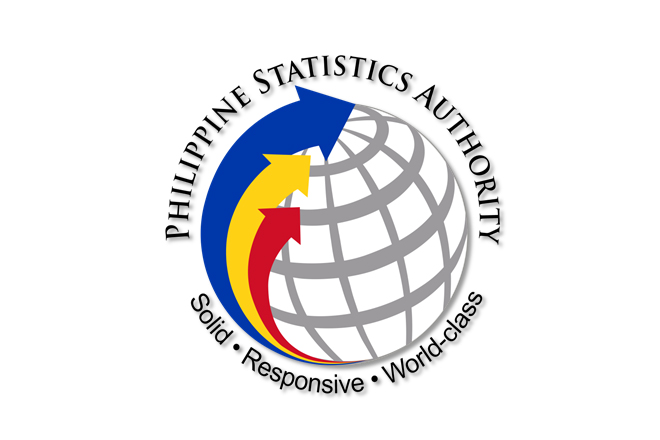December inflation unchanged at 3.3%, 2017 average is 3.2%
January 5, 2018
Inflation for December reached 3.3 percent, the same as in November, the Philippine Statistics Authority (PSA) said Friday.
This brought the average inflation rate at 3.2 percent, well within the government's target of two to four percent for 2017.
December inflation was caused by higher food prices but it was tempered by lower non-food items like transport, housing water, electricity, gas and other fuel.
“We see inflation over the near-term to remain stable despite pressures that may be brought about by the newly enacted TRAIN (Tax Reform Inclusion and Acceleration (TRAIN)," said Socioeconomic Planning Secretary Ernesto Pernia said in a statement.
“We are happy that we have stayed within the inflation target last year, and that the Development Budget Coordination Committee will likely maintain the 2 to 4 percent target range for this year until 2020,” Pernia said.
Pernia added moderate full-year inflation rate of 3.2 percent in 2017 is a good basis for maintaining the government’s inflation target at 2.0 to 4.0 percent for 2018.
The National Economic and Developmemnt Authority (NEDA) said supply conditions, particularly of major agricultural commodities appears favorable within the near term.
Crop outlook according to the PSA as of October 2017 indicates increases in harvest areas across regions, attributed mainly to sufficient water supply and government interventions such as the continued provision of high- yielding seed varieties and fertilizer support.
To relieve the inflationary effects of the tax reform package, Penia said government needs to prioritize amending domestic laws that will end quantitative restrictions on rice and replace them with tariffs.
“This measure will remove the policy uncertainty in rice trade and thus encourage more investments in production and post-production innovation. The revenues from the tariff can be used to fund or subsidize such innovations,” Pernia added.
“Meantime, efforts must be made to strengthen the resiliency of farmers from extreme weather conditions to maintain the stability of food prices. One is by shifting to climate change-ready rice varieties,” Pernia said.
He said any increases in prices in the first few months of 2018 will be tempered by the expected decline in power rates as capacity fees from power generators fall due to fewer power outages.
Pernia said timely implementation of the “Build Build Build” Program will also be critical in bringing down electricity and transportation costs over the medium-term. DMS
Latest Videos
- THE UNTOLD STORY EXPERT INSIGHTS INTO THE UKRAINE
- NEGOTIATING A NEW ORDER US RUSSIA TALKS ON UKRAIN
- Ukraine: A Pawn in the Geopolitical Game? Will Trump Intervene?
- US VP VANCE CRITICIZES EUROPEAN DEMOCRACIES AT MUNICH SECURITY CONFERENCE
- UNCOVERING THE WEB OF DECEIT: CIA INFILTRATION OF THE MEDIA
- SHIFTING SANDS: TULSI GABBARD’S CONFIRMATION AND THE EVOLVING GLOBAL LANDSCAPE
- FAUCI SCANDAL: A THREAT TO GLOBAL HEALTH AND DEMOCRACY






